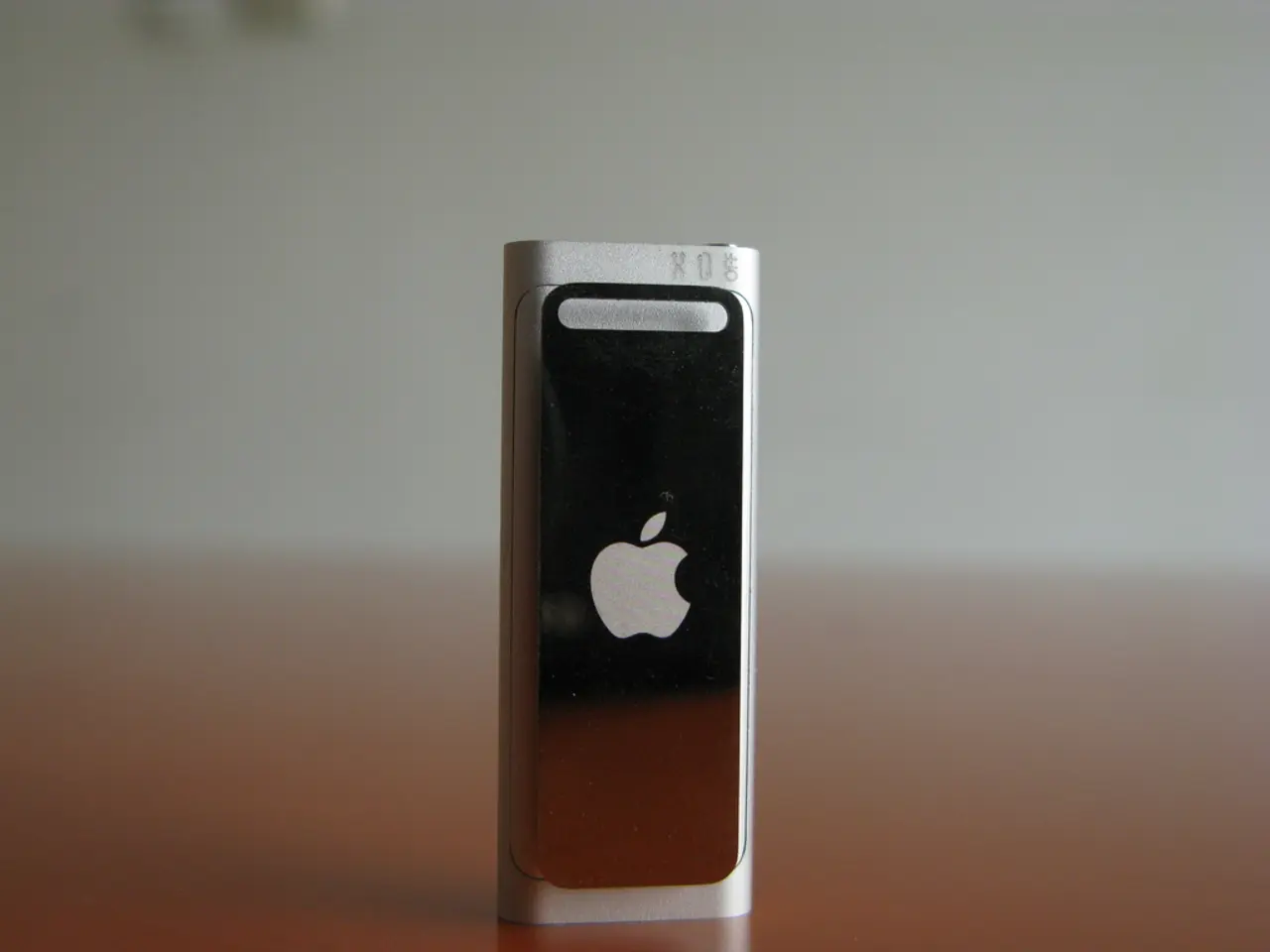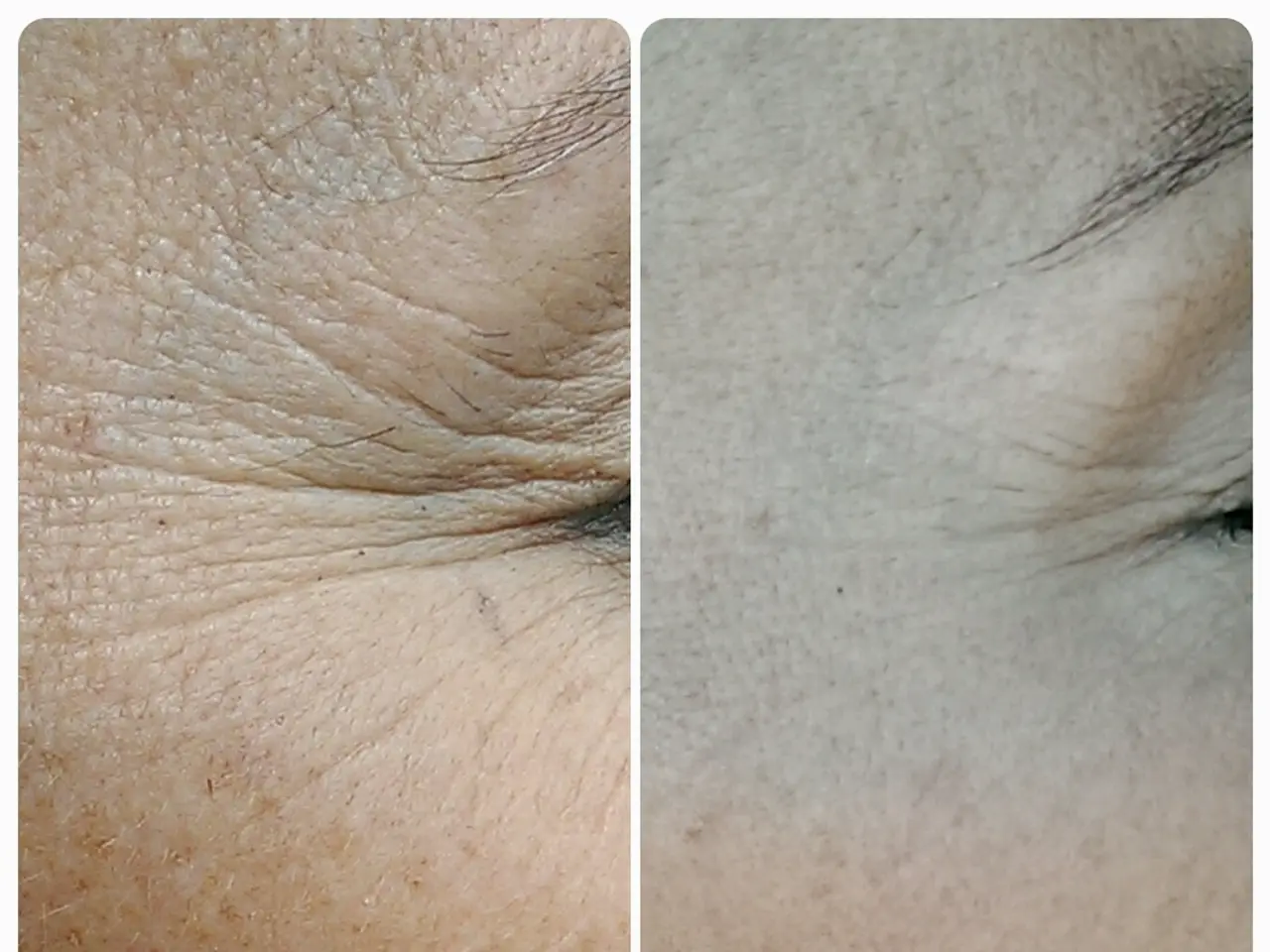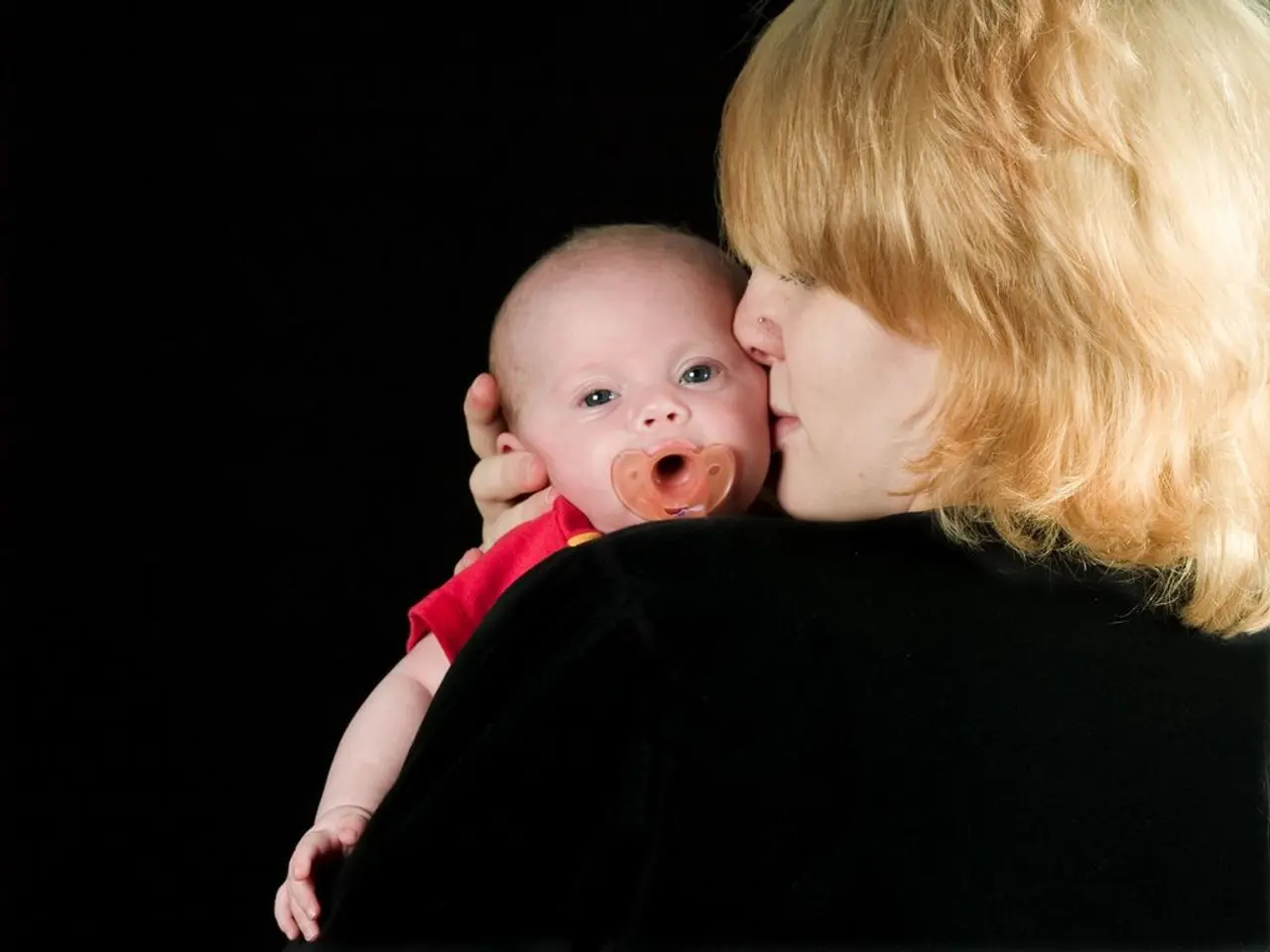Understanding the Frequent Hemorrhages from the Nose: Examining Prevalent Triggers and Remedies for Epistaxis
Common Causes and Types of Nosebleeds: A Comprehensive Guide
Nosebleeds, or epistaxis, are a common occurrence that can be caused by a variety of factors. Here's a breakdown of the most common causes and types of nosebleeds.
Common Causes of Nosebleeds
Nosebleeds can be triggered by various factors, including:
- Dry air, especially cold or heated indoor air
- Nose picking or rubbing
- Vigorous nose blowing
- Allergies causing nasal inflammation
- Upper respiratory infections
- Air pollution
- Trauma to the nose
- Certain medications, particularly blood thinners or nasal sprays that dry out or irritate the nasal lining
Allergies and environmental irritants often lead to cracked blood vessels inside the nose, triggering bleeding. Children and older adults are more prone to nosebleeds [1][2][3].
Types of Nosebleeds
Nosebleeds generally fall into two categories:
- Anterior nosebleeds: These are the most common, occurring in the front part of the nose from blood vessels like Kiesselbach’s plexus. They usually stop on their own and are related to surface irritation or dryness [3].
- Posterior nosebleeds: These are less common but more serious, originating deeper in the nasal cavity. They can be heavier and harder to control, often requiring medical attention [3].
Treatment for a Typical Nosebleed
For a typical nosebleed, the following first-aid measures can be helpful:
- Sitting upright with head slightly tilted forward to avoid swallowing blood.
- Gently blowing the nose to clear clots.
- Pinching the soft part of the nostrils firmly for 10-15 minutes without releasing pressure.
- Applying a cold compress to the bridge of the nose to constrict blood vessels.
- Avoiding tilting the head back, vigorous nose blowing afterward, and physical exertion for several hours [4].
When to Seek Medical Attention
If nosebleeds are frequent, heavy, or last more than 20 minutes, it's recommended to see an ear, nose, and throat (ENT) specialist for further diagnosis and treatment. This might include nasal examination, nasal endoscopy, allergy testing, and personalized care [3][5].
Prevention Tips
Preventing nosebleeds involves maintaining nasal moisture and reducing irritation:
- Use a cool-mist humidifier during dry seasons to keep nasal passages moist.
- Apply saline nasal sprays before school and bedtime, especially for children with allergies.
- Putting a thin layer of petroleum jelly inside nostrils can act as a moisture barrier.
- Trim fingernails to discourage damaging nose picking.
- Teach gentle nose blowing and discourage nose picking.
- Keep hands busy with fidget toys or activities to prevent habitual nose picking [1][2].
Avoiding sudden temperature changes, minimizing exposure to irritants such as smoke or pollution, and managing allergies can further reduce the risk of nosebleeds [1][3][5].
Uncommon Causes and Treatments
In some cases, nosebleeds can be a sign of more serious conditions such as leukemia or other blood disorders, tumors in the nasal or sinus area, or genetic disorders like Hereditary Hemorrhagic Telangiectasia (HHT) that cause abnormal blood vessel growth. Medical treatments for severe or recurrent nosebleeds may include cauterization, nasal packing, arterial ligation, or embolization [3][5].
References: [1] Mayo Clinic. (2021). Nosebleeds (epistaxis). Retrieved from https://www.mayoclinic.org/diseases-conditions/nosebleeds/symptoms-causes/syc-20352523 [2] American Academy of Otolaryngology—Head and Neck Surgery Foundation. (2020). Epistaxis (Nosebleed). Retrieved from https://www.entnet.org/content/epistaxis-nosebleed [3] NHS. (2021). Nosebleeds. Retrieved from https://www.nhs.uk/conditions/nosebleed/ [4] MedlinePlus. (2021). Nosebleed. Retrieved from https://medlineplus.gov/ency/article/000013.htm [5] Cleveland Clinic. (2021). Nosebleeds (Epistaxis). Retrieved from https://my.clevelandclinic.org/health/diseases/15561-nosebleeds-epistaxis
- Maintaining good health and wellness, particularly by improving skin care, nutrition, and fitness and exercise, can help reduce the risk of chronic diseases, including chronic kidney diseases and respiratory conditions, which may in turn lower the frequency of nosebleeds.
- In the realm of sports, athletes with medical-conditions, such as chronic-diseases, may be more prone to nosebleeds due to the physical exertion and changes in temperature during training or competitions.
- Recent studies indicate a connection between certain skin-care products and respiratory conditions, as certain chemicals found in these products can trigger allergic reactions that may in turn lead to nosebleeds.
- Science has uncovered the link between nosebleeds and various medications, including blood thinners and certain nasal sprays, which can affect the health of the nasal lining and increase susceptibility to nosebleeds.
- Medical-advances in the field of science, such as targeted treatments for chronic-kidney-disease and respiratory-conditions, may help alleviate the symptoms and reduce the frequency of nosebleeds in patients with these conditions.




